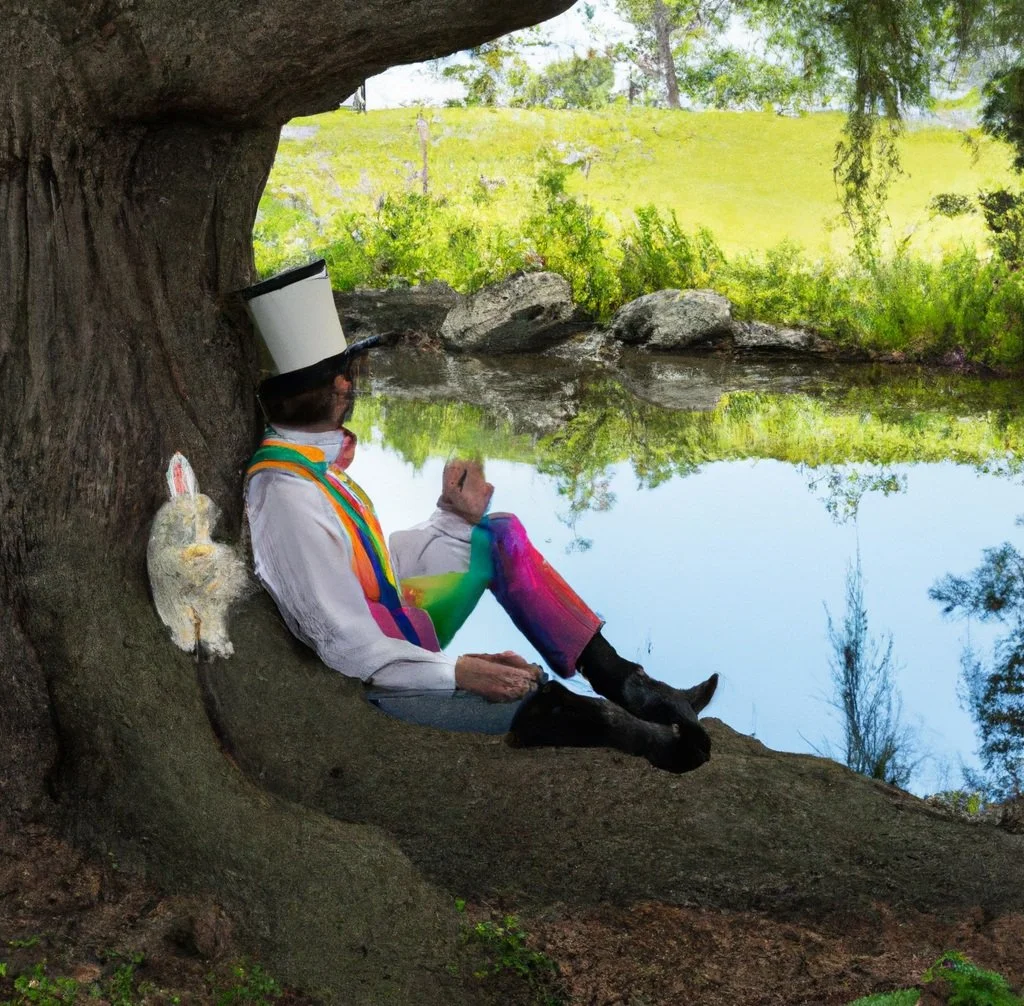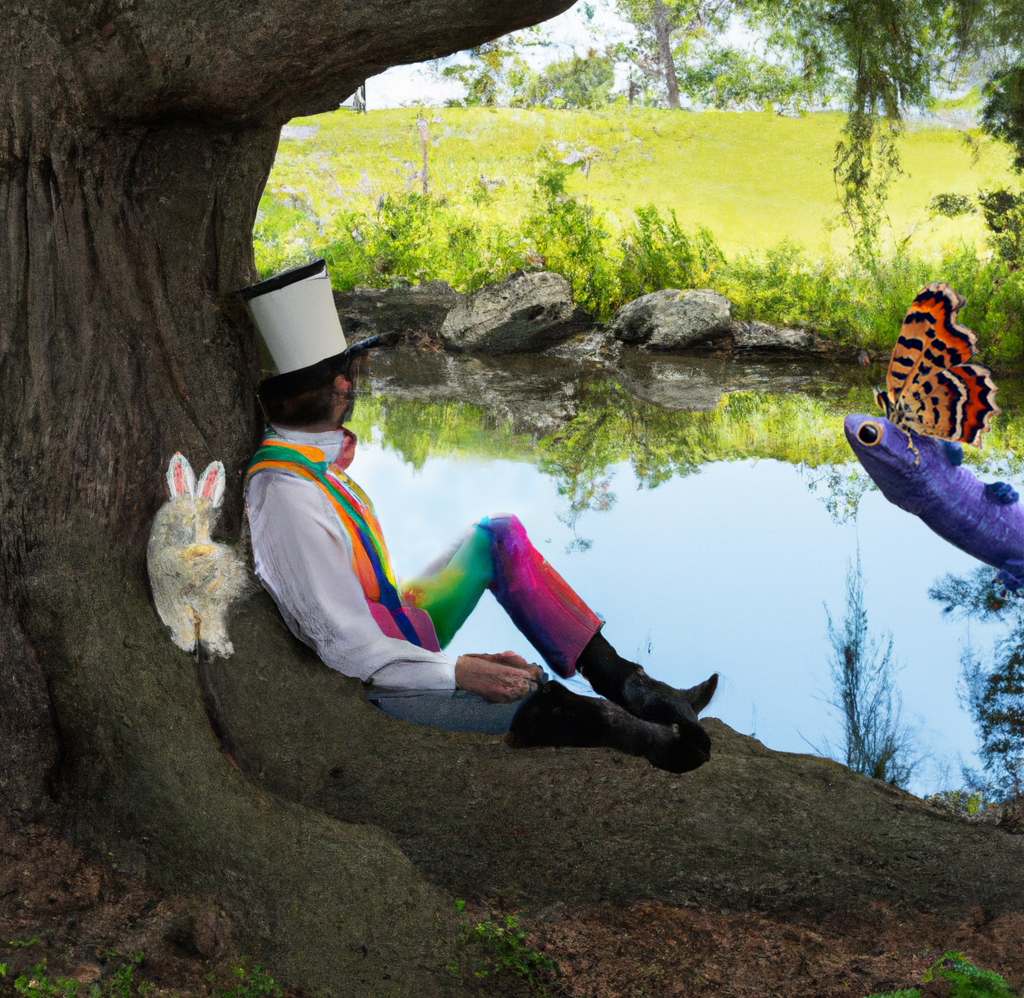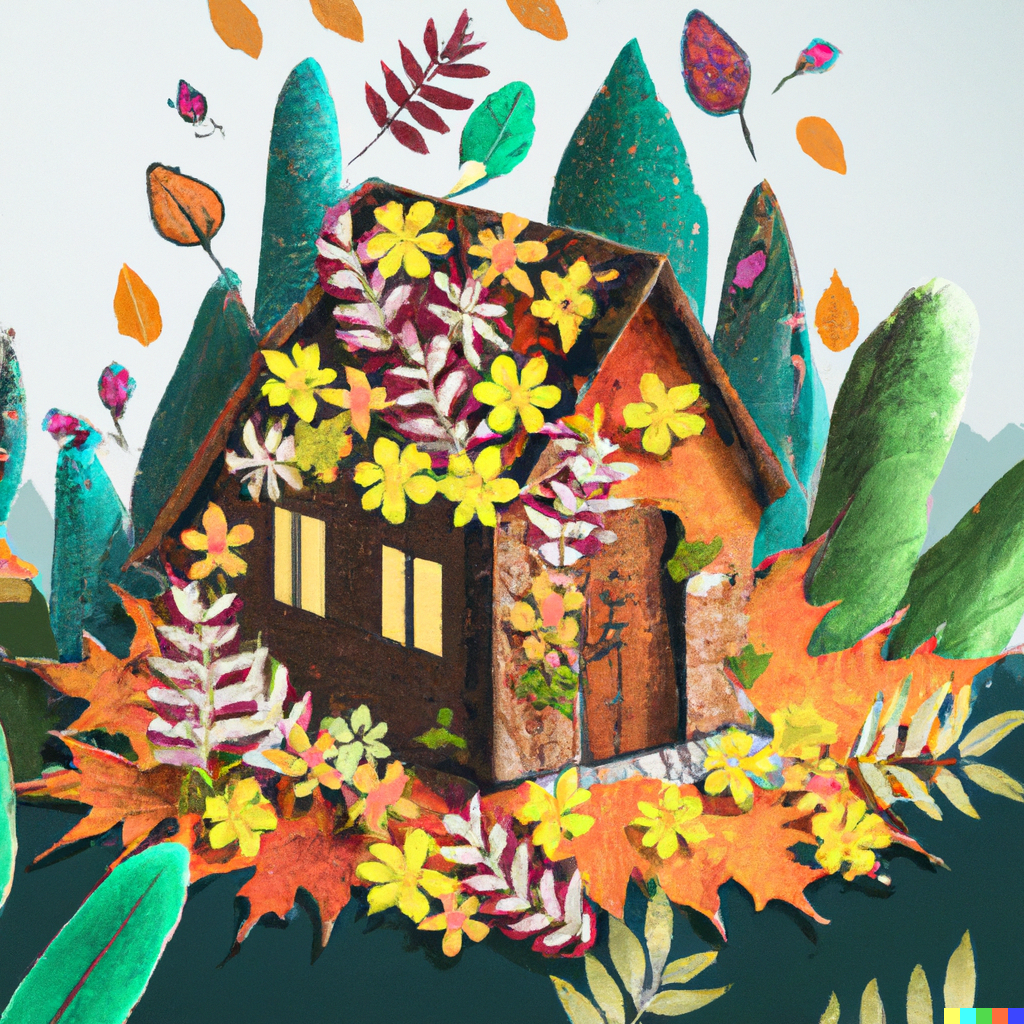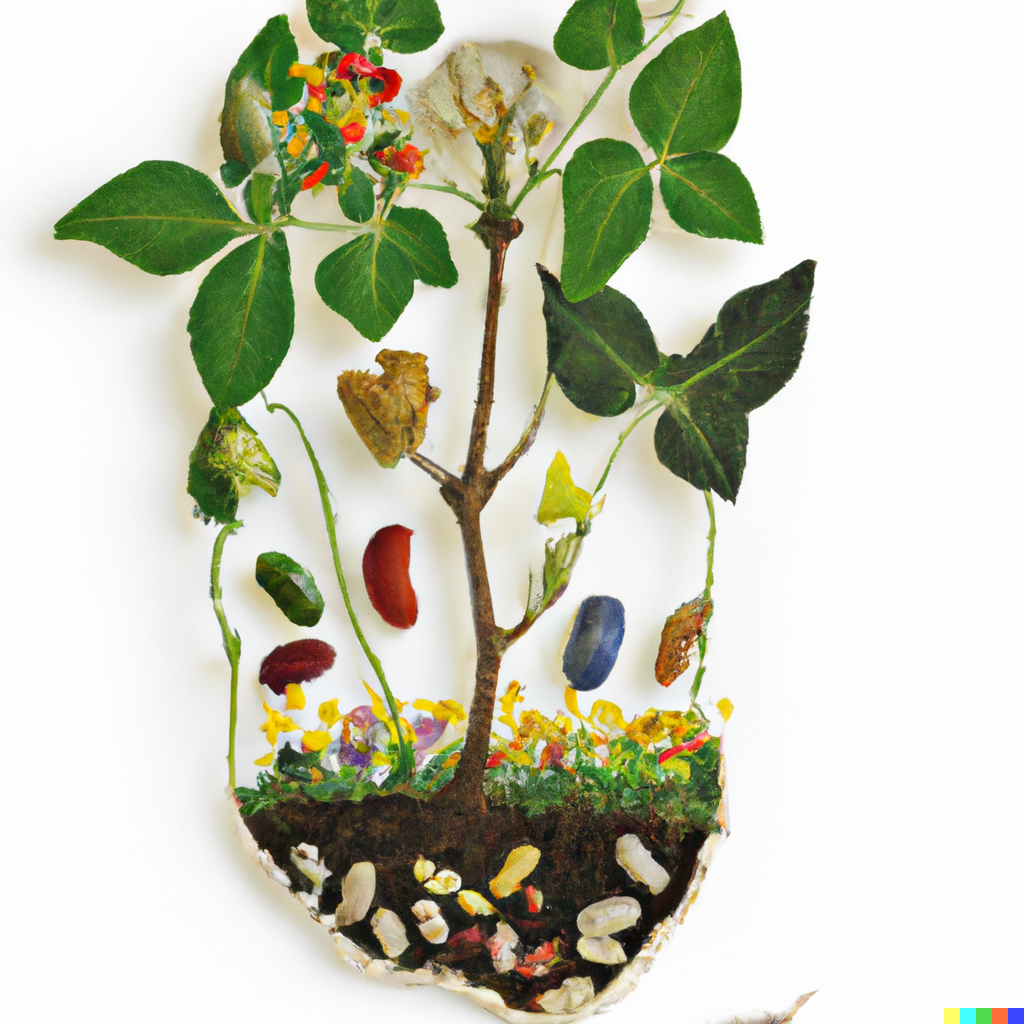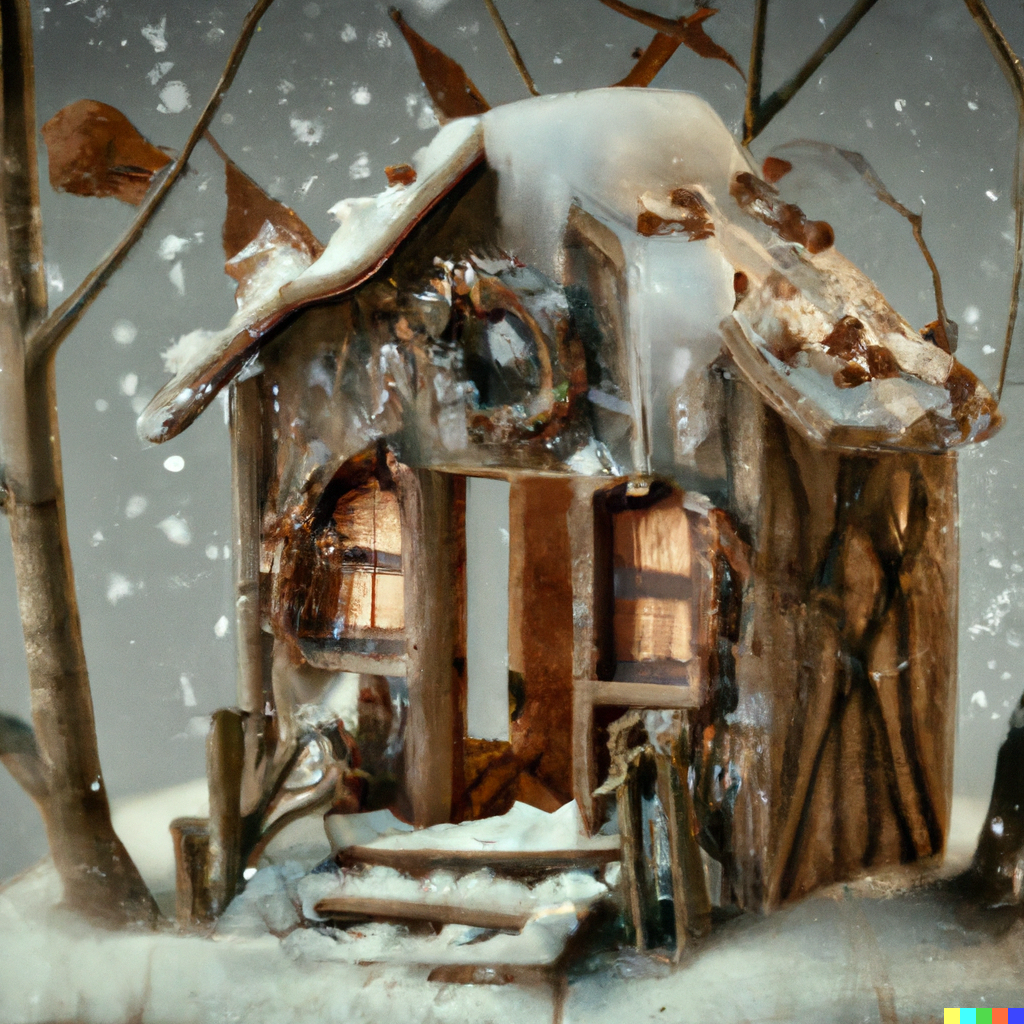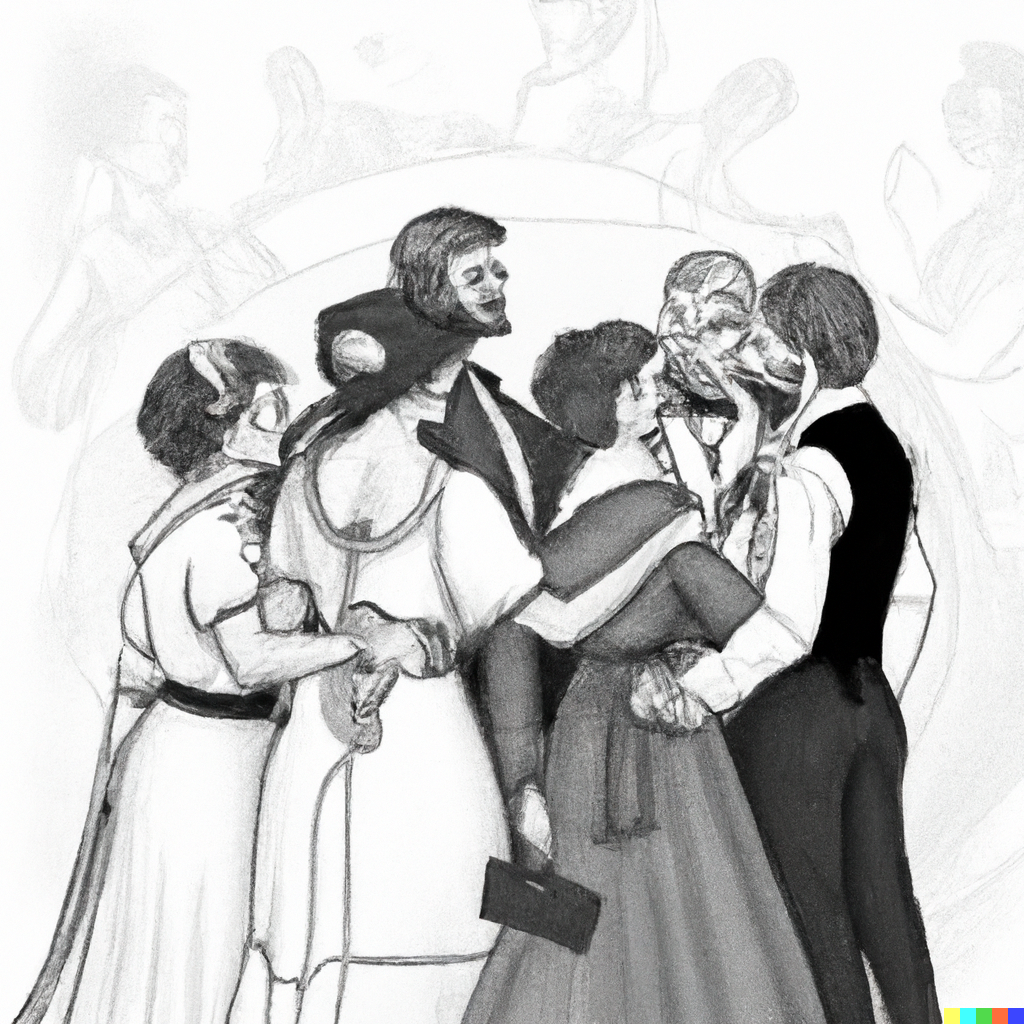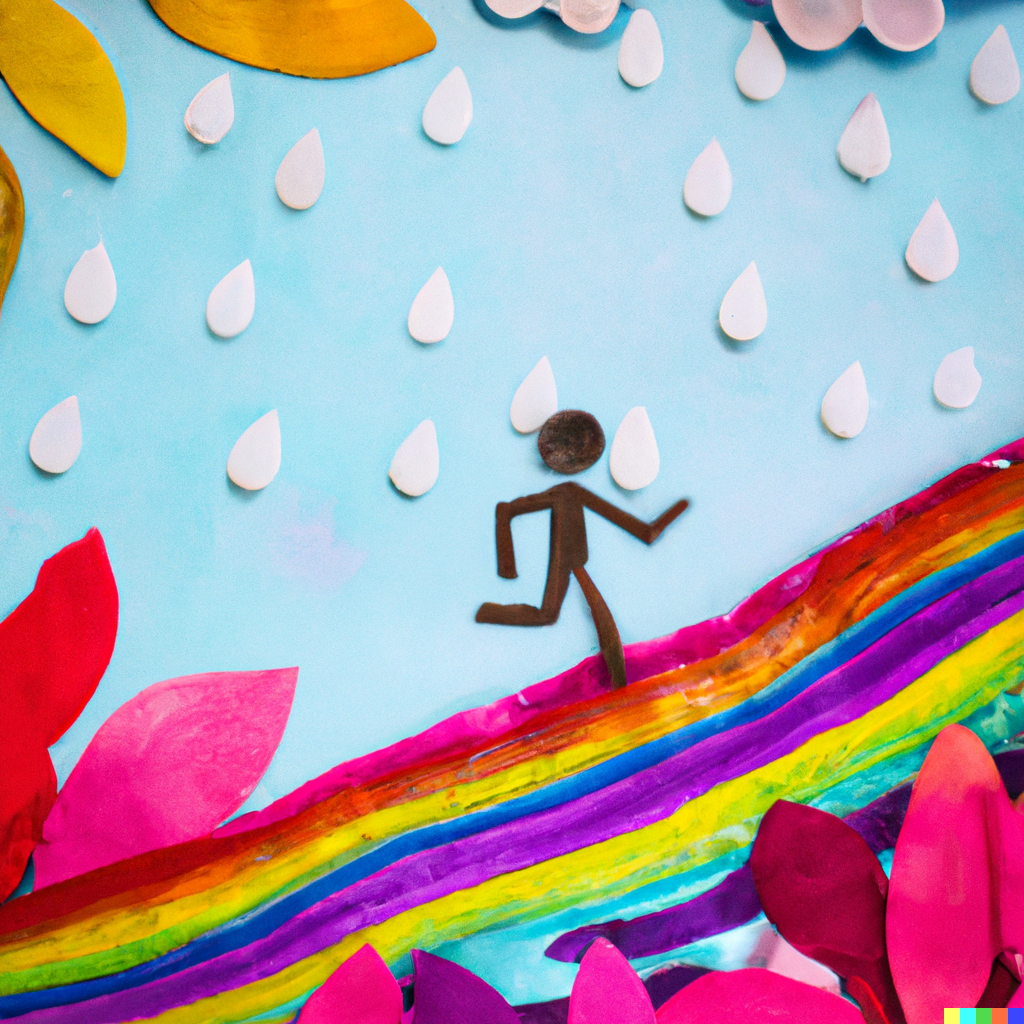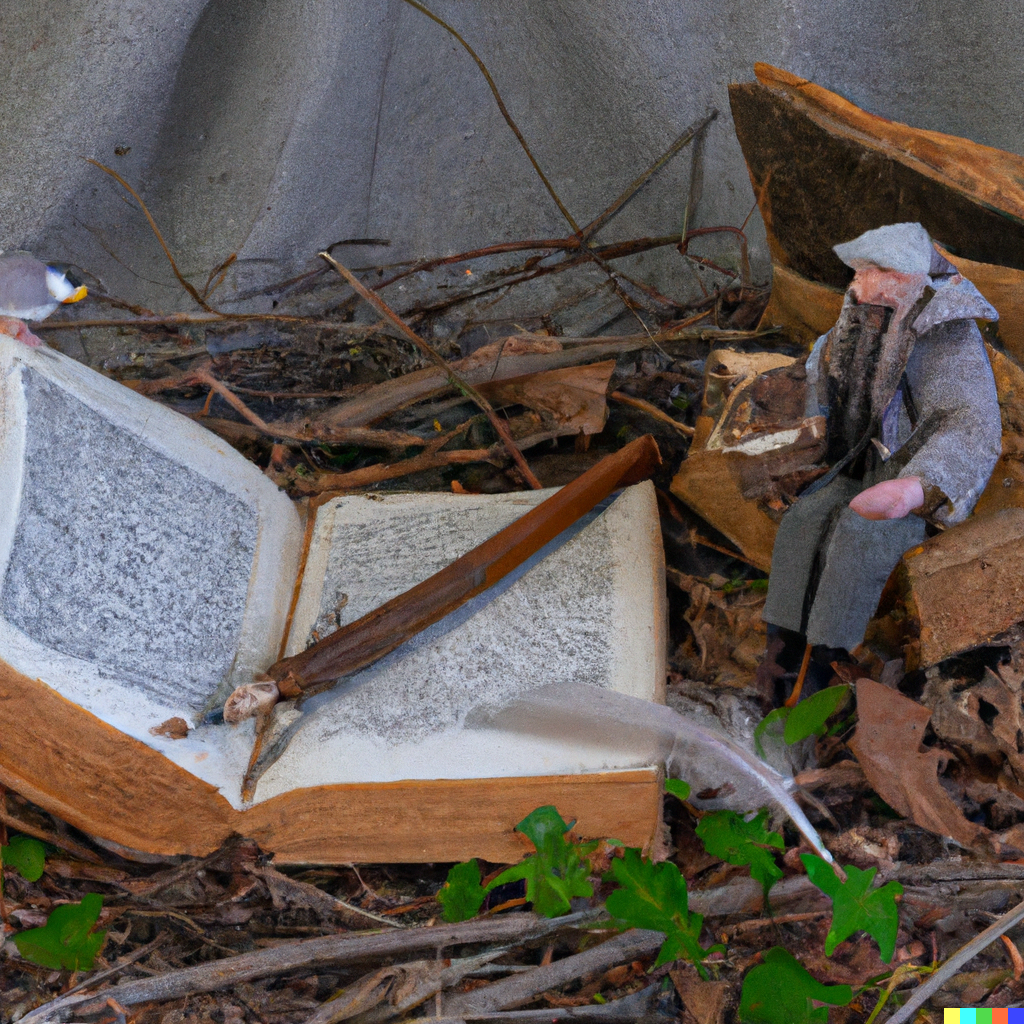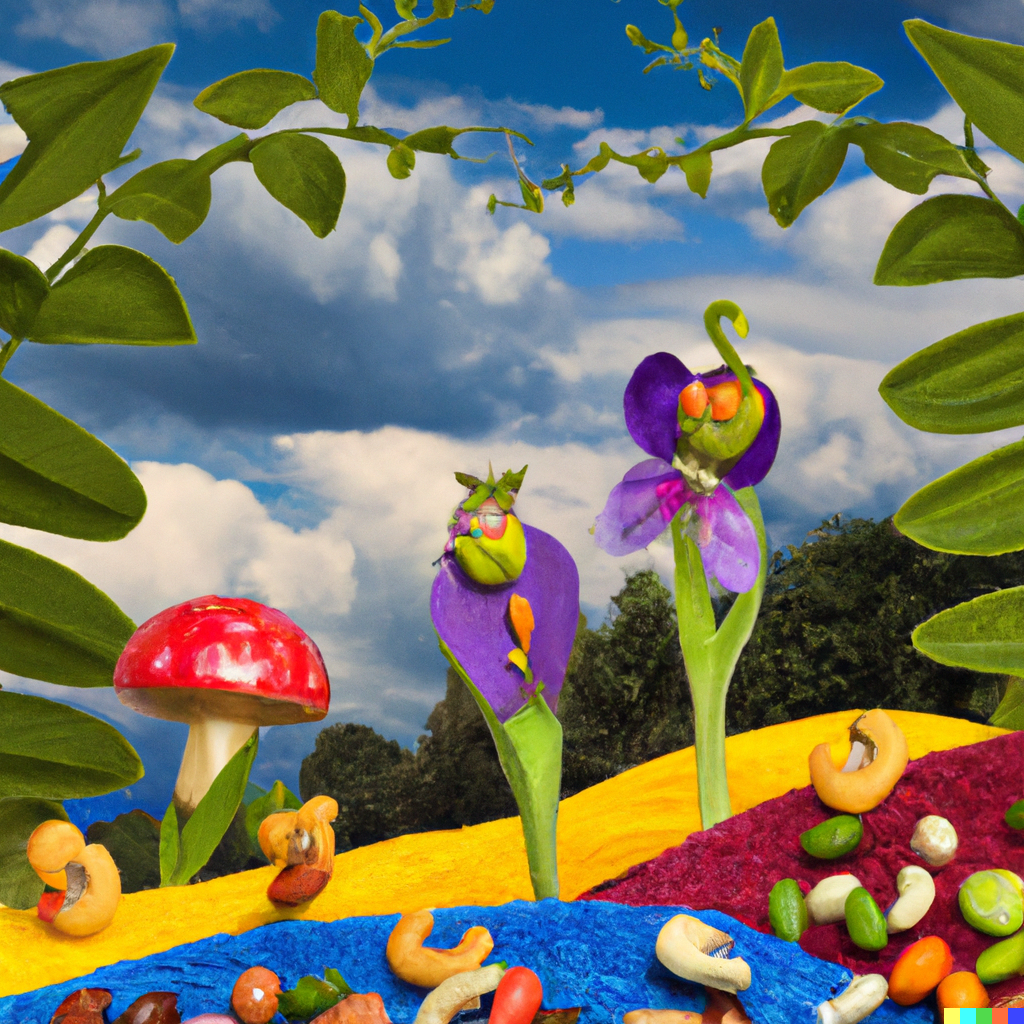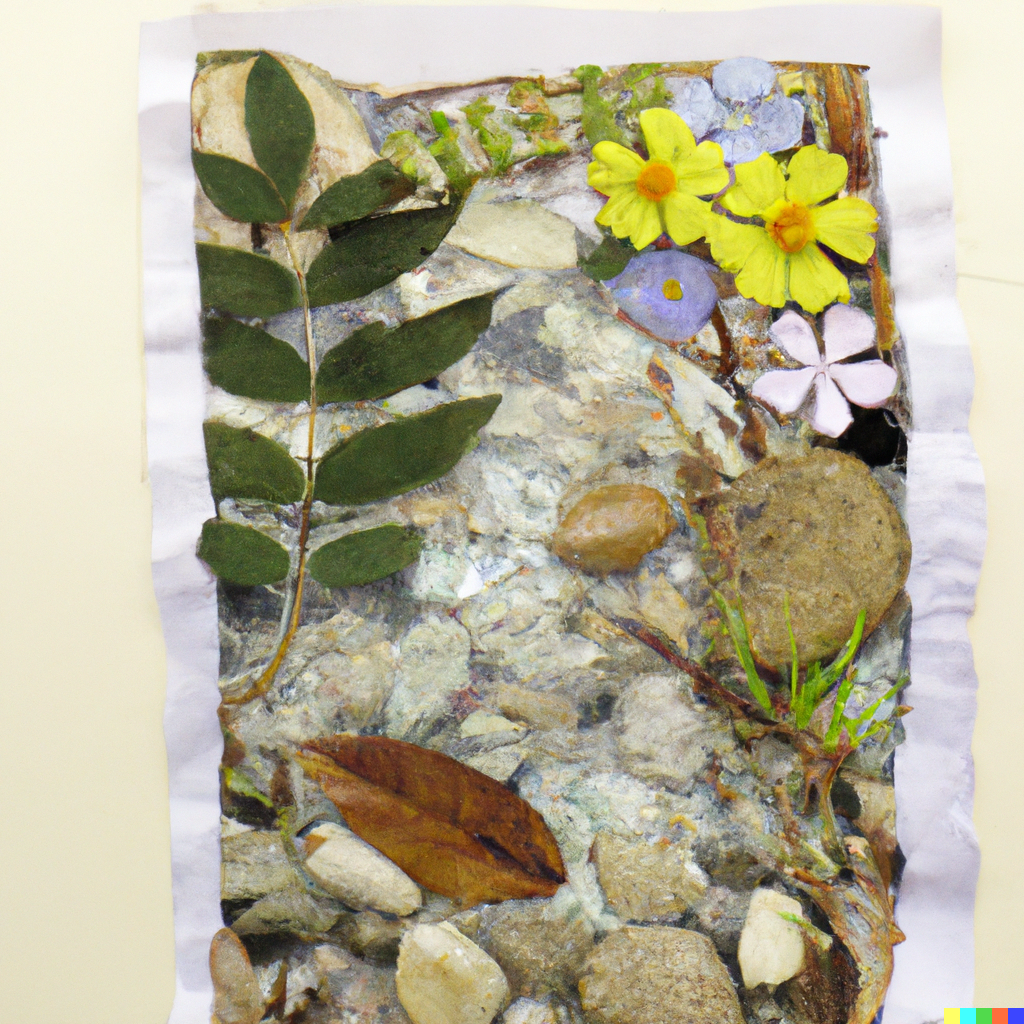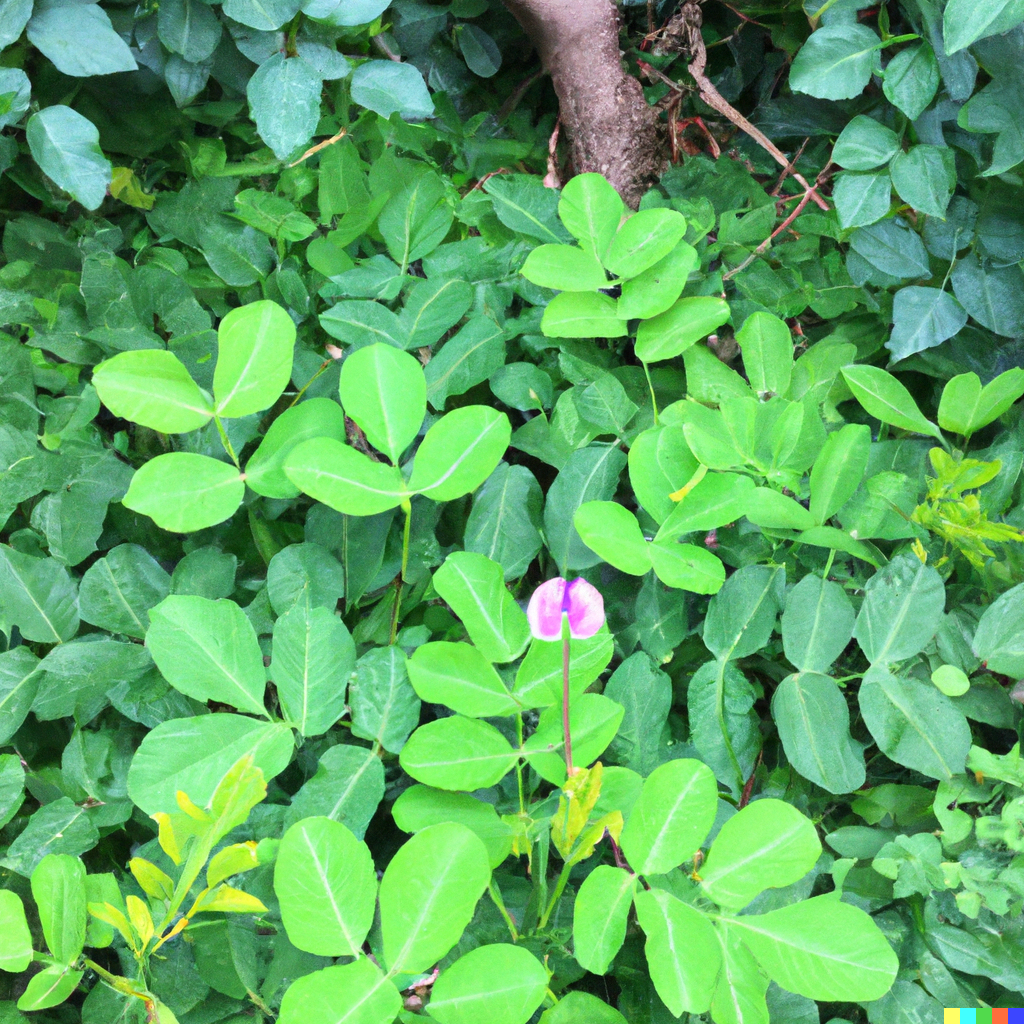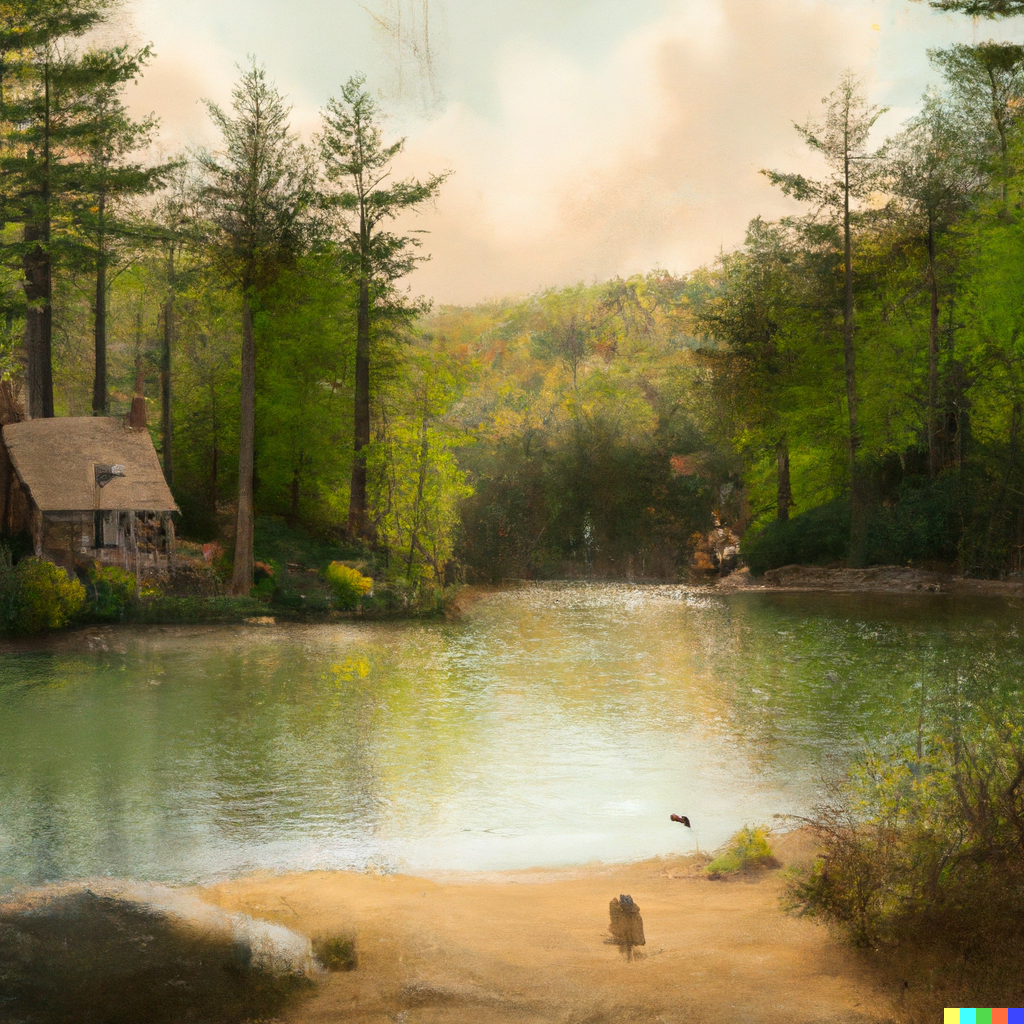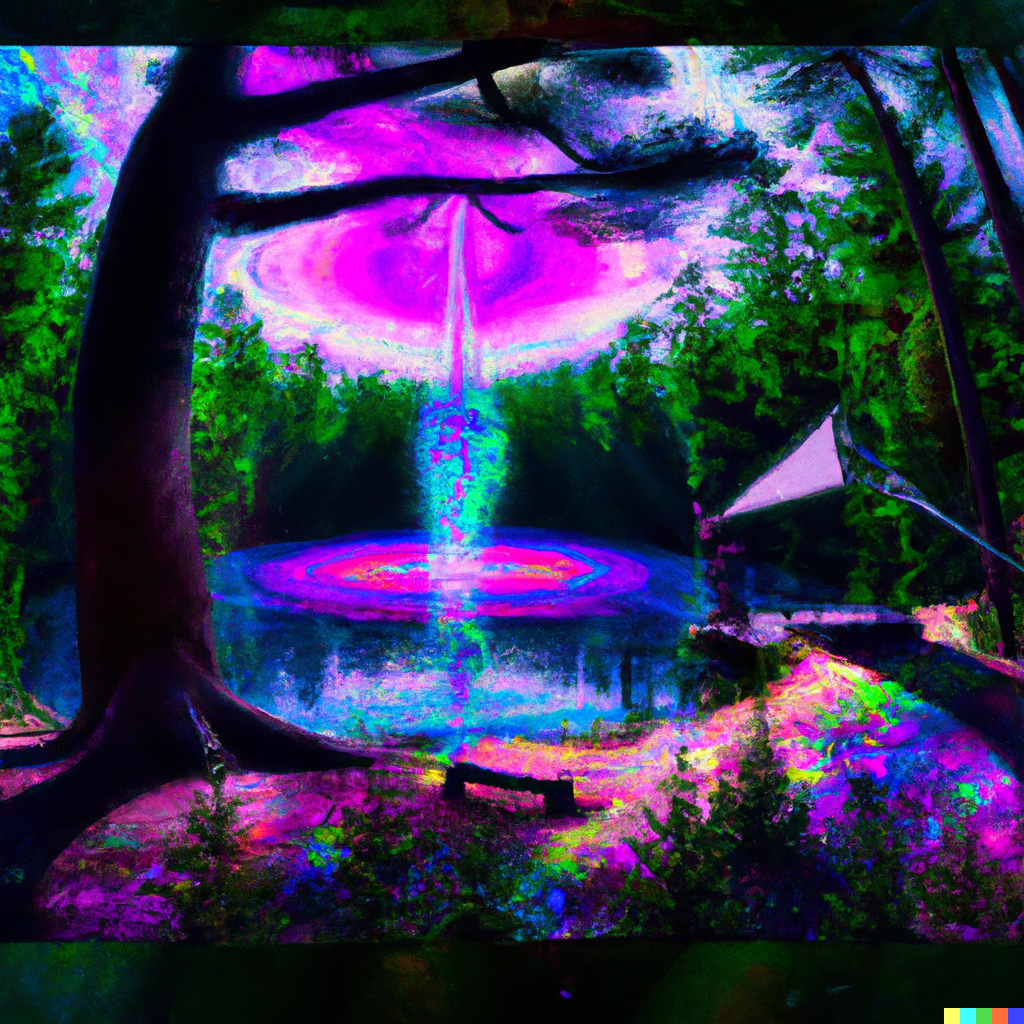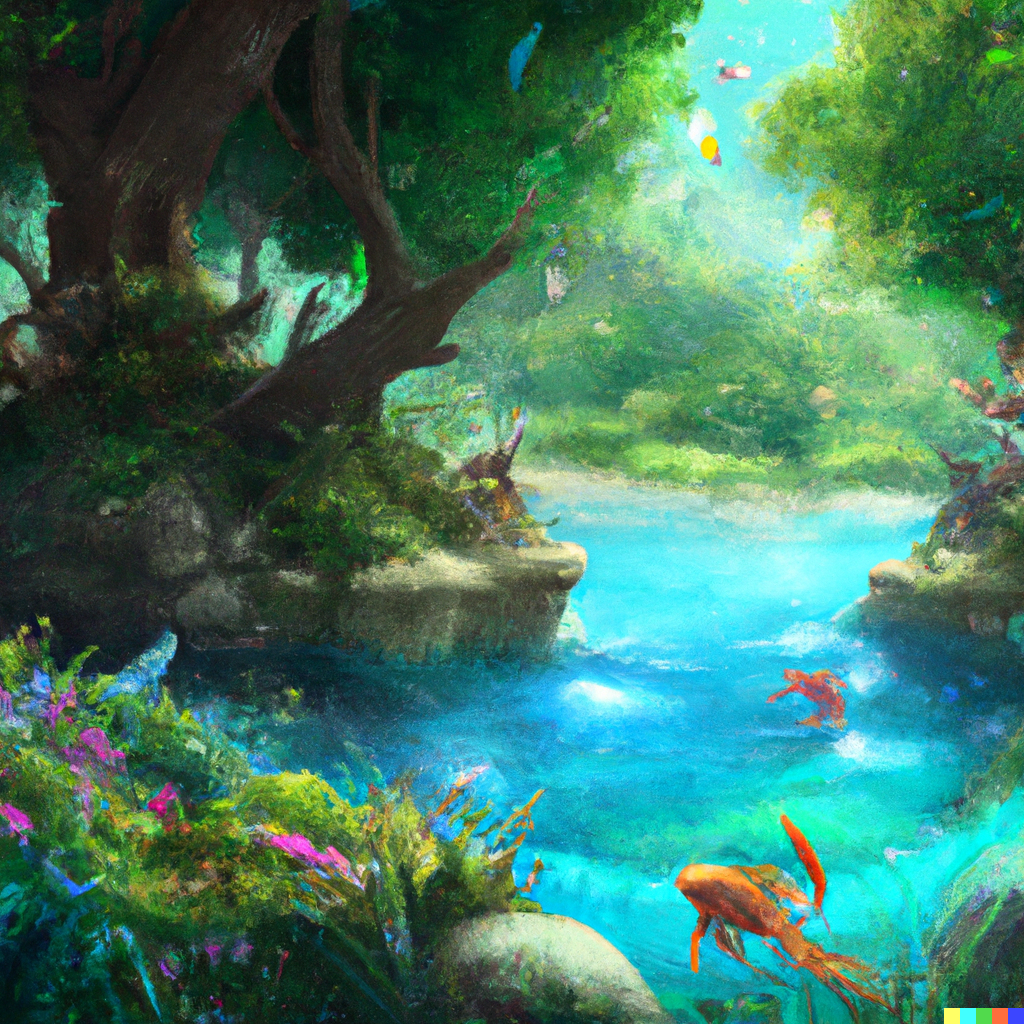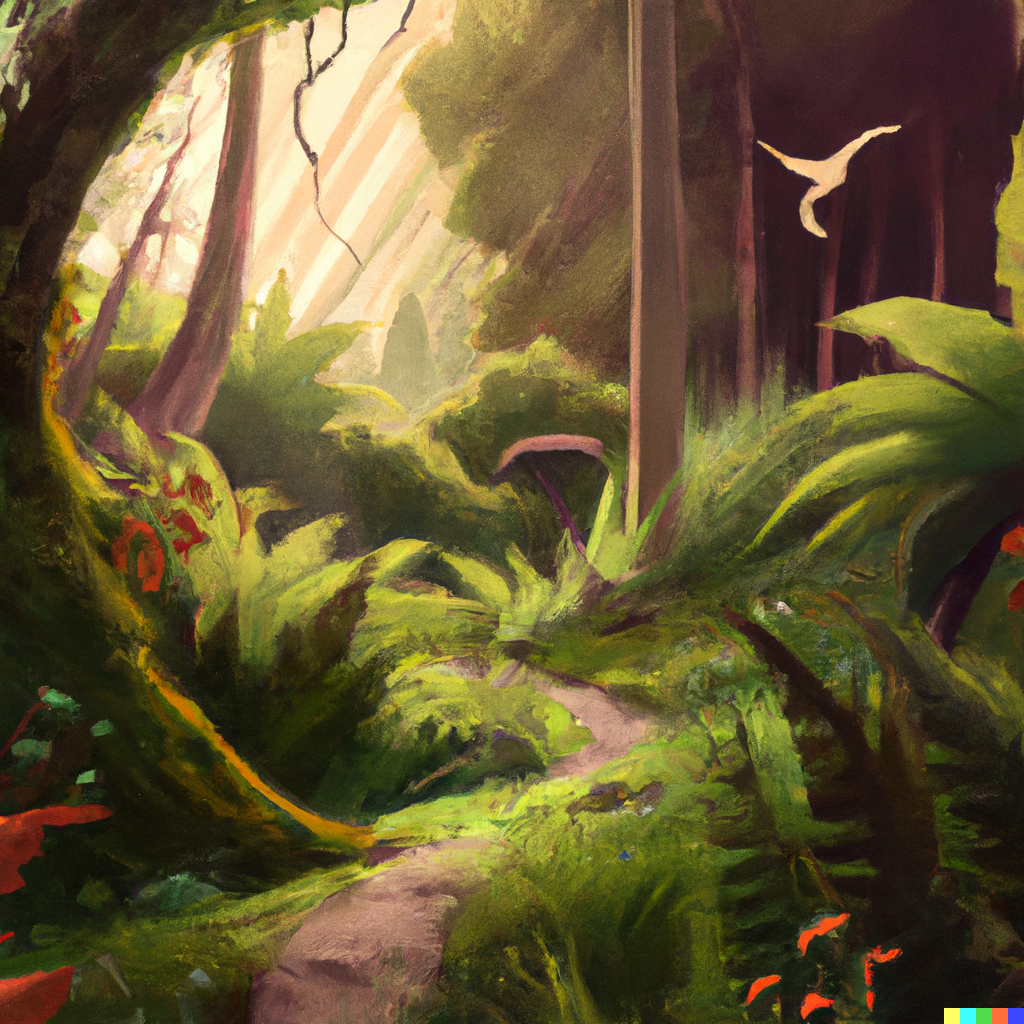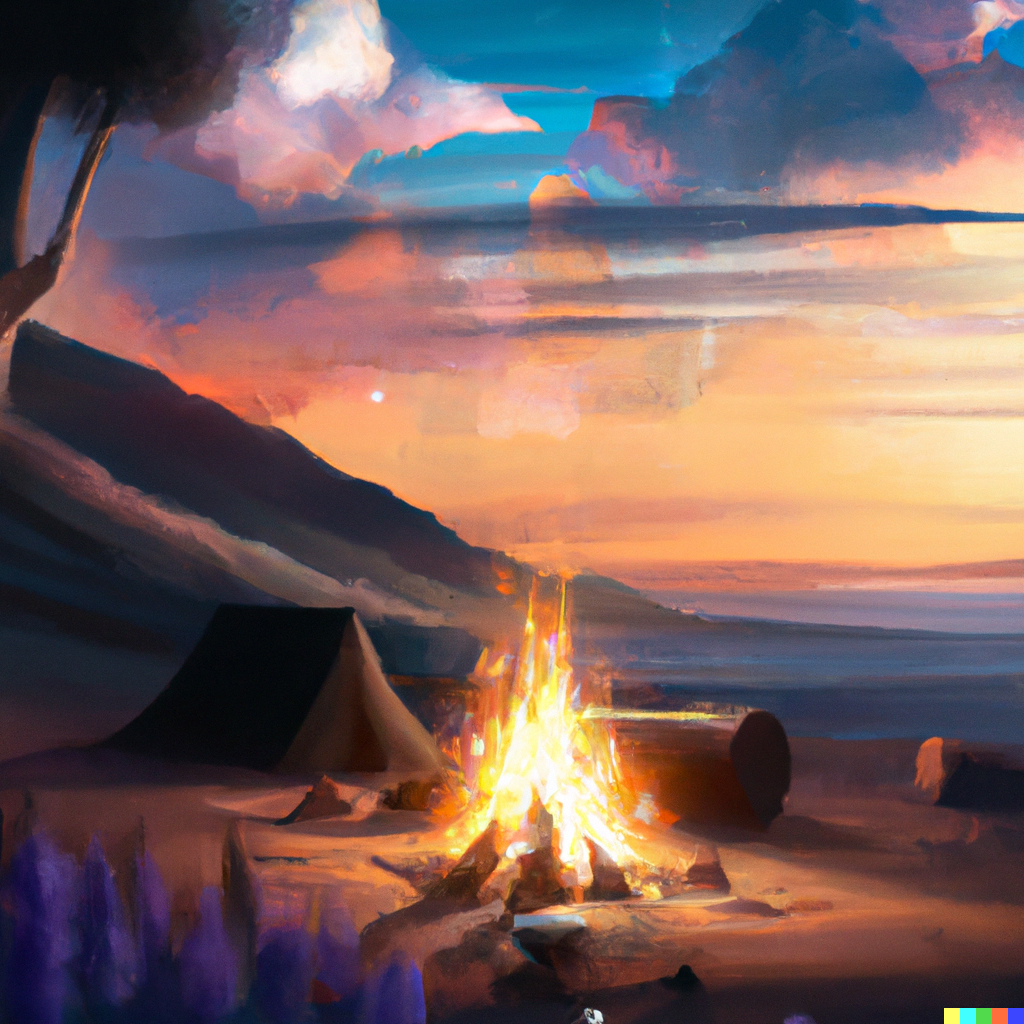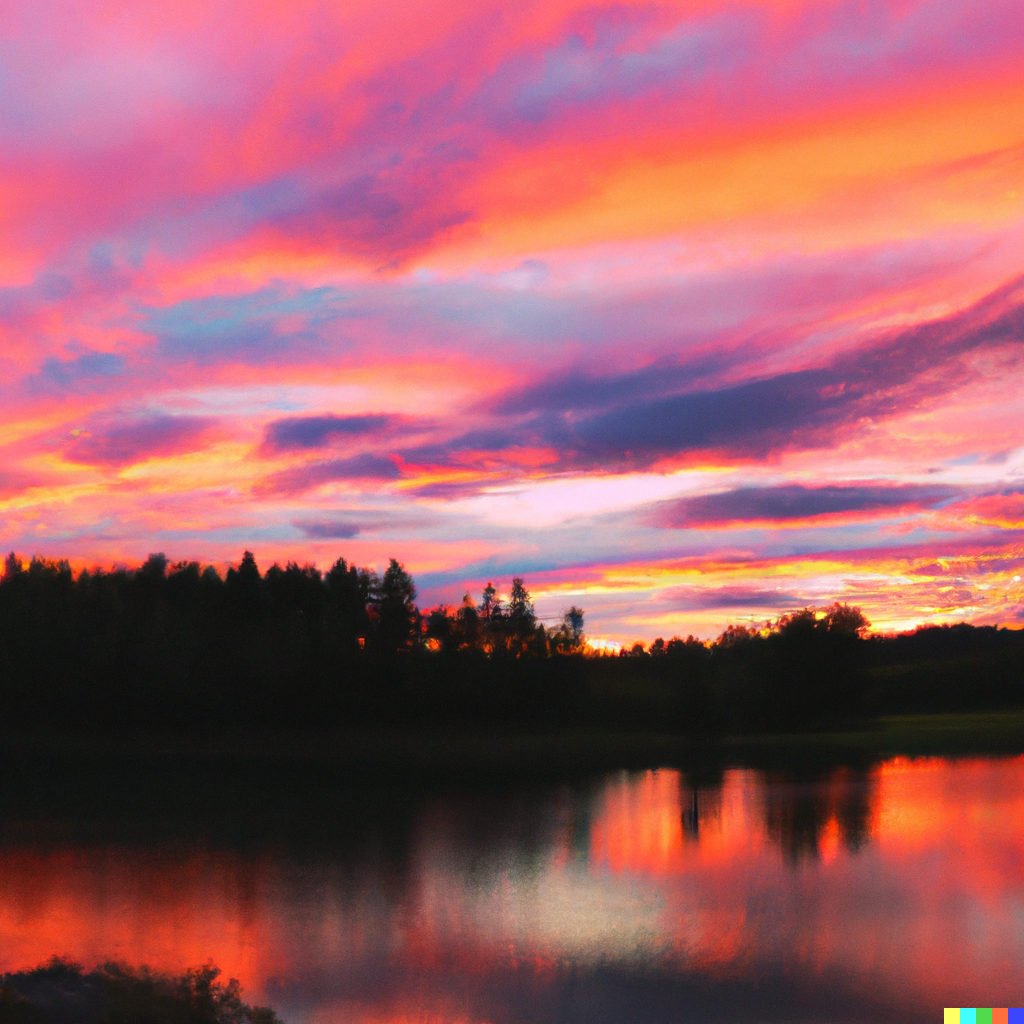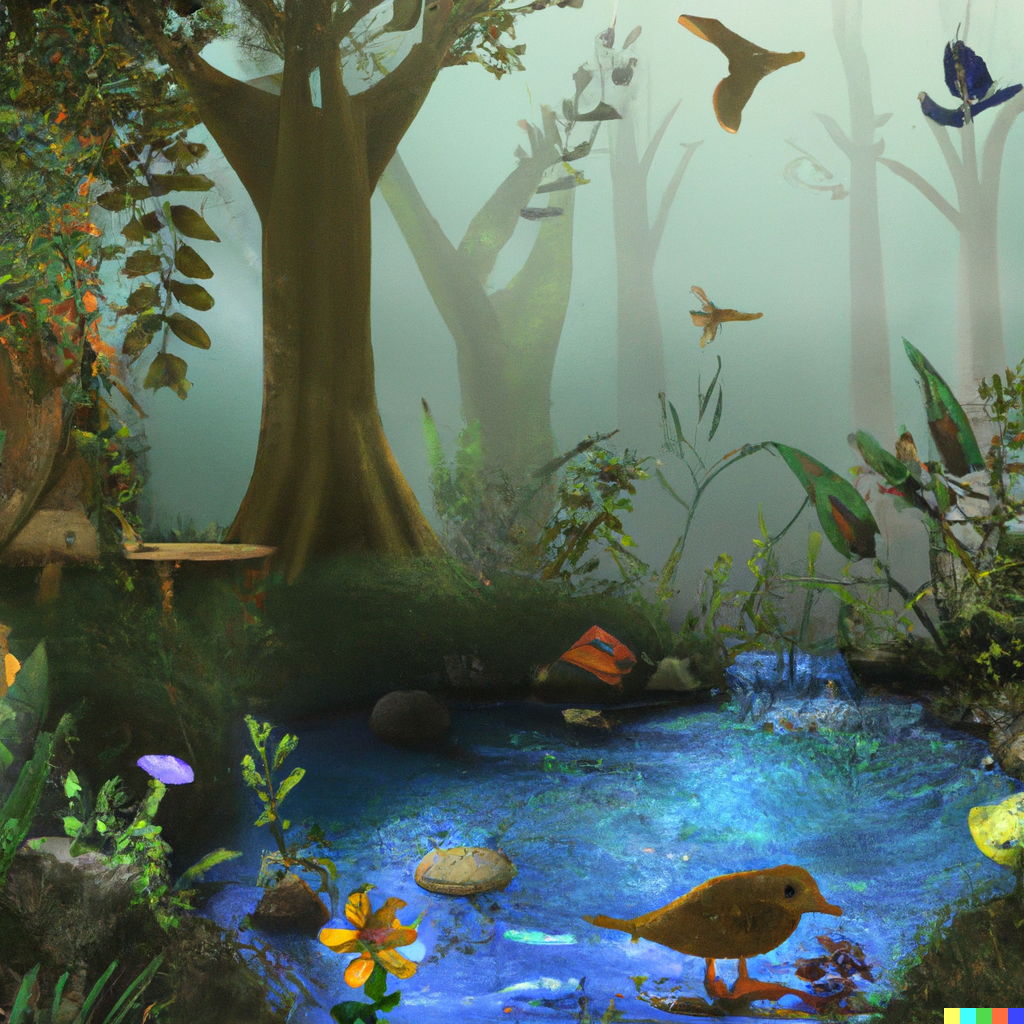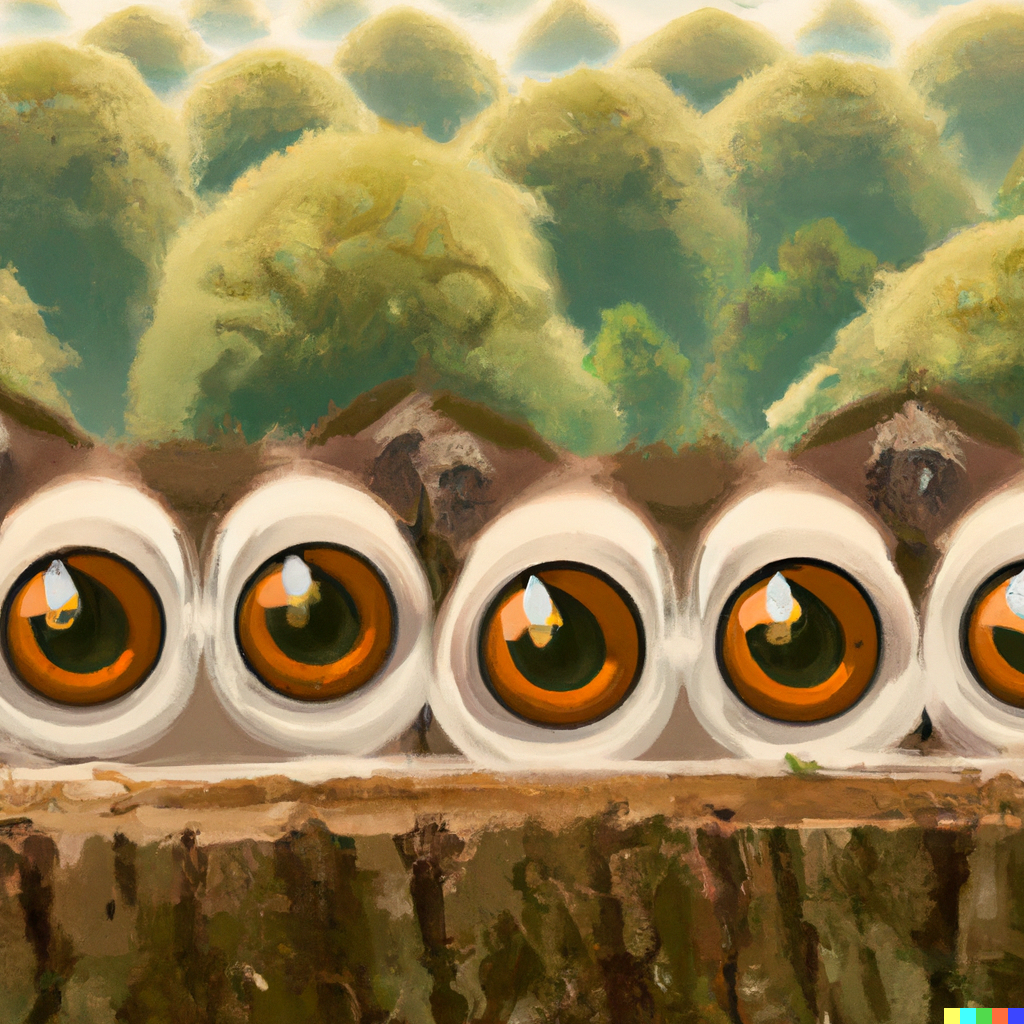About the ILLUSTRATIONS
A Deeper Dive into The Magical Story of Walden Pond
Around the time that I began working on this book, AI image generation started to become easily accessible to the general public. I began to think... “why even bother being an artist anymore?” Like many others, I felt crushed by the prospect of being replaced by a computer, and wondered if art was dying alltogether. I run a nonprofit arts organization and am a practicing writer, illustrator, and photographer. Many (or even most/all) of my friends are artists, too. I felt furious at AI and the entire tech industry. For what, I wasn’t exactly certain. But I was angry.
After months of refusing to visit the DALL·E webpage, I finally cracked. One very late night after some intense work on another project, I fired up the AI image generator to see what it could do. I was STUNNED. I realized that ignoring this thing wasn’t going to make it any less powerful. And in fact, pretending it didn’t exist was possibly even hurting me, as an artist.
Art is entering a new era, but it’s always been entering new eras. When the camera was invented, I bet it pissed off a lot of portrait painters. When digital music tools came on the scene, it made music creation more accessible to those without traditional instrument training. And I know that pissed off some musicians. But this new AI art stuff is a bit more complicated--beyond just taking away work (which technology has been doing since we invented the wheel), there’s potential foul play involved. Since AI image generators use existing images to build new ones, are they “stealing” from original artists?
To be frank, I don’t think there’s even been a truly “100% original artist.” All great artists throughout time have drawn inspiration and techniques from the work of others, from nature, or their dreams (and dreams themselves are built using information from the outside world). Instead of inspiration, should that be considered “stealing?” Should we all be required to credit anyone who’s given us foundations for our work? That would be tough. It would be an infinitely long list, for all of us. What big, clumsy egos we have—-thinking that we generate original ideas in our own vacuum chamber minds. We use our brains to create things by weaving together thoughts, ideas, patterns, and methods from outside sources. Just like these computer programs do. Only, they do it much more efficiently… and without the cognitive dissonance that can make one believe that it was a solo effort. So maybe it’s not the act of absorbing information from other artists that truly bothers us, but rather, the speed and proficiency at which computers can do it?
In the case of AI art, we also tend to point fingers at the “big bad tech industry” for stealing from artists, as if the coders who created these programs are not themselves also artists. You might work with a paintbrush or a guitar, and a software coder uses a keyboard to build mathematical models that can generate beautiful works of digital art. Was the first person to pluck the strings of a musical instrument stealing from vocal artists? After all, the vocalists sang the notes first, right? Or was it the wind whistling through the trees, or birds singing from branches? It’s a slippery slope, trying to decide who is an artist, or who owns art.
Creatives always find ways to use new tools to create incredible things. Instead of viewing AI as a soul-crushing, tech industry monster here to destroy all artists, I now view it as something interesting and beautiful that I enjoy working with. Simply rejecting it won’t stop it, let’s be real. We can be fearful and hateful of it, or we can join the conversation and help shape the future of AI in art. What kind of future would you like to see?
Though we’ll never return to the planet that Thoreau knew when he lived at Walden Pond, I am hopeful for a future where computers can help us reverse the climate crisis, better distribute resources, solve medical mysteries, and more. Computers making art is just the beginning.
Krimsey
If you have more questions about my process, or would like to keep the dialogue going on the topic of AI and art, please use the contact form to get in touch!
Adding even more magic with post-editing:
Extras
For every illustration that made it into the book, there were countless others that didn’t. In the gallery below, enjoy a behind-the-scenes look at some that didn’t make the cut.

